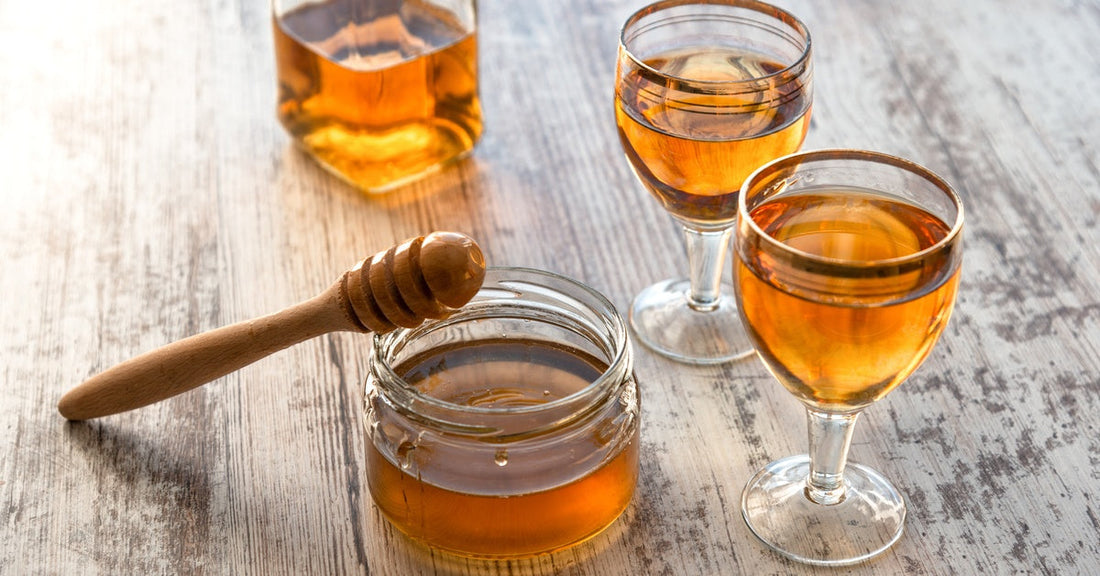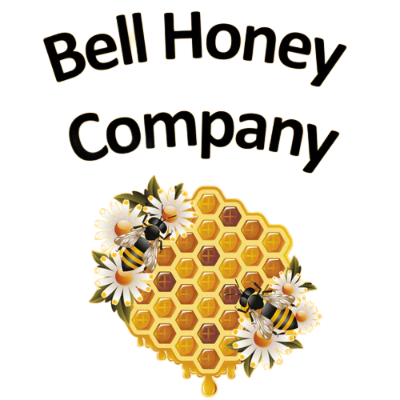
The Fascinating History of Brewing With Honey
Share
You may enjoy honey in your morning tea or drizzled over toast. But long before honey sweetened breakfasts, it influenced history’s earliest brews.
Honey’s allure reaches back in time, a connection to our ancestors who discovered the magic of fermentation. Thanks to their early discoveries, you can enjoy a sip of mead or an amber-tinted glass of beer with just a hint of floral sweetness.
The history of brewing with honey is fascinating. The story spans continents, cultures, and centuries.
How did honey become such a legendary brewing ingredient? To uncover its roots, we need to travel thousands of years into the past.
Ancient Origins of Brewing With Honey
Before hops and barley claimed the spotlight, honey served as one of the first sources of fermentation. Brewing with honey was a natural result of human curiosity and resourcefulness, and we naturally must recognize the benefits of these endeavors.
Where It Started
Evidence suggests that the origins of brewing with honey date back as far as 7000 BC. Archaeologists discovered remnants of a fermented honey-and-rice beverage in ancient pottery from Jiahu, China. This blend of honey, fruits, and grain hints at what could be one of humanity’s earliest intoxicating drinks.
Some researchers argue that brewing with honey predates written history, potentially reaching back to preagricultural societies in Africa. Early humans might have stumbled upon naturally fermented honey in water-filled tree hollows, igniting the tradition of honey-based brewing.
How They Did It

Honey, diluted by rainwater or other liquids, created the perfect environment for wild yeast to thrive and start the fermentation process. This natural fermentation would have occurred without any formal understanding of the science behind it.
Over time, people began to experiment with different ingredients, adding fruits, herbs, and grains to enhance flavor and create more complex drinks. They used whatever was available in their environment—local fruits, wild herbs, and even spices—to refine their brewing techniques.
Despite the lack of scientific knowledge, their curiosity and creativity laid the groundwork for the rich brewing traditions we know today. It proved that even thousands of years ago, humans had a deep appreciation for flavor and innovation.
Evidence of These Origins
The pottery from Jiahu held chemical traces of honey, rice, and fruit compounds—proof of a fermented drink enjoyed over 9,000 years ago. Egyptian tomb paintings and ancient Hindu texts also document honey’s prominent role in early rituals and celebrations, tied to divine offerings or medicinal remedies. The evidence paints a vivid picture of honey’s significance in the brewing traditions of early civilizations.
Evolution of Brewing Honey Over Time
The fascinating history of brewing with honey continues with each culture putting its own spin on the practice. People across the globe refined their techniques, incorporating honey into brewing traditions and creating unique recipes that stood the test of time.
Ancient Greece and Rome
The Greeks crafted ambrosia, a nectar-like drink made with honey, which they believed to bestow immortality upon those who consumed it. The Romans adopted similar traditions, using honey in their drinks to create luxurious, sweet beverages fit for emperors and deities alike.
Norse Mythology and Mead
In Norse mythology, mead, a honey-based alcoholic beverage, held a central role in tales of divine feasts and heroic sagas. Legends deemed that mead came from the blood of Kvasir, a wise being created by the gods, and drinking it granted the gift of eloquence and knowledge.
Mead was also considered the drink of the gods. In Valhalla, they served it to warriors who had earned their place in the afterlife through acts of valor. This association elevated honey brewing to a sacred status. Its legacy continues in Scandinavian mead-making traditions today.
Medieval Europe and Honey Beers
During the medieval period, honey became a staple in brewing thanks to the ingenuity of monks and brewers across Europe. In monasteries, monks experimented by combining honey with grains, hops, and wild yeast, creating the first iterations of honey beers. These brews were commonly used for both sustenance and celebration, playing a central role in monastic feasts and daily life.
The recipes developed during this time laid the foundation for honey-infused ales and lagers, which gained popularity throughout the continent as brewing techniques improved. Monastic brewing practices elevated honey’s status in beer-making, blending sweetness with complex flavors that became hallmarks of European brewing traditions. The legacy of these medieval innovations can still be tasted in modern honey-based beers.
Local Adaptations and Global Variations
As brewing techniques spread, each society adapted honey to suit local traditions and ingredients. From Ethiopian tej, a traditional honey wine, to Eastern European medovukha, honey became a versatile component in alcoholic beverages around the world. These diverse adaptations ensured that honey’s role in brewing evolved far beyond its earliest uses, continuing to inspire innovation in modern brewing practices.
Moving Into the Present Day
Brewing with honey remains popular for its role in crafting artisanal drinks, promoting sustainability, and delivering distinctive flavors.
Modern Mead Popularity

Across the globe, craft meaderies have popped up, each putting their unique spin on the age-old drink.
Unlike mass-produced beer or wine, mead allows for remarkable creativity. Brewers experiment with herbs, fruits, and spices, catering to a modern audience hungry for natural and bold flavors. Whether dry and crisp or sweet and floral, mead proves that honey still holds its allure in the hands of skilled creators.
Other Examples of Honey in Brewing
Honey brings depth to Belgian ales, adds subtle sweetness to porters, and even stars in IPAs looking to balance their hoppy bitterness. This versatility ensures that whether you prefer your brew light and fruity or rich and complex, there’s a honey-infused drink to savor.
Build on This Rich History
Brewing with honey allows people to explore a craft steeped in history and innovation. Whether you’re an experienced brewmaster or a curious homebrewer, incorporating honey into your creations allows you to connect with ancient art while crafting something entirely unique.
If you’re ready to write your own chapter in brewing honey, start with the foundation of quality. At Bell Honey, we offer premium bulk wildflower honey, perfect for enthusiasts and professionals alike. With its vibrant, floral flavor and unmatched purity, our honey is ideal for creating mead, beer, and any other brew you can imagine.
